Foldable screen smartphones offer a new level of versatility and functionality, but it’s important to consider both the benefits and drawbacks before making a purchasing decision.
Table of Contents
Key Takeaways:
- Larger screen size enhances multimedia consumption and productivity tasks.
- Seamless transition between smartphone and tablet modes provides enhanced versatility.
- Enhanced multitasking capabilities make foldable screen smartphones ideal for professionals.
- Early adopters can enjoy the cutting-edge technology of foldable screen smartphones.
- Drawbacks include fragility, premium pricing, app optimization challenges, and bulkier design.
Foldable screen smartphones have both pros and cons. One of the main advantages is the larger screen size, which allows for better multimedia consumption and productivity tasks. They also offer a seamless transition between smartphone and tablet modes, providing enhanced versatility. Additionally, foldable phones excel in multitasking due to their larger screens, making them ideal for professionals. These devices represent cutting-edge technology, and early adopters can benefit from being at the forefront of innovation.
However, there are some drawbacks to consider. Foldable smartphones are still fragile and may not be as durable as traditional smartphones. They are also priced at a premium and may not be accessible to a wider audience. Some apps and software may not be fully optimized for foldable screens, and foldable phones tend to be bulkier and heavier than traditional smartphones. Overall, foldable screen smartphones offer unique features and functionality, but there are certain challenges that need to be addressed in terms of durability, pricing, and app optimization.
Advantages of Foldable Screen Smartphones
One of the main advantages of foldable screen smartphones is the expansive screen size, which provides a more immersive multimedia experience and allows for better productivity tasks. With a larger display, users can enjoy a cinematic view when watching movies or playing games, making entertainment more enjoyable and engaging. The increased screen real estate also allows for more efficient multitasking, as users can comfortably view multiple apps, documents, or browser windows side by side.
Additionally, foldable screen smartphones showcase innovative design and technology. These devices feature flexible OLED displays that can be folded, providing enhanced portability without compromising on screen size. The foldable screen technology enables seamless transitions between smartphone and tablet modes, allowing users to switch effortlessly between different form factors depending on their needs and preferences. This versatility and adaptability make foldable screen smartphones ideal for individuals who require both the convenience of a smartphone and the productivity of a tablet in a single device.
Professionals, in particular, can benefit greatly from the larger screens of foldable smartphones. The expanded workspace offers a more comfortable and efficient environment for tasks such as editing documents, creating presentations, and analyzing data. The ability to view more content at once improves workflow and productivity, ultimately saving time and enhancing overall performance.
| Advantages of Foldable Screen Smartphones |
|---|
| Expansive screen size for immersive multimedia experience |
| Enhanced multitasking capabilities for improved productivity |
| Seamless transition between smartphone and tablet modes |
| Innovative design and cutting-edge technology |
| Ideal for professionals who require larger screens |
In conclusion, foldable screen smartphones offer several key advantages, such as a larger screen size for immersive multimedia experiences and improved productivity tasks. The seamless transition between smartphone and tablet modes, along with the innovative design and cutting-edge technology, provides users with greater versatility and adaptability. Professionals, in particular, can benefit from enhanced multitasking capabilities and larger screens. However, it’s important to consider the potential drawbacks, such as fragility, premium pricing, app optimization challenges, and bulkier design. As technology continues to advance, addressing these challenges will be crucial in ensuring the widespread adoption and accessibility of foldable screen smartphones.
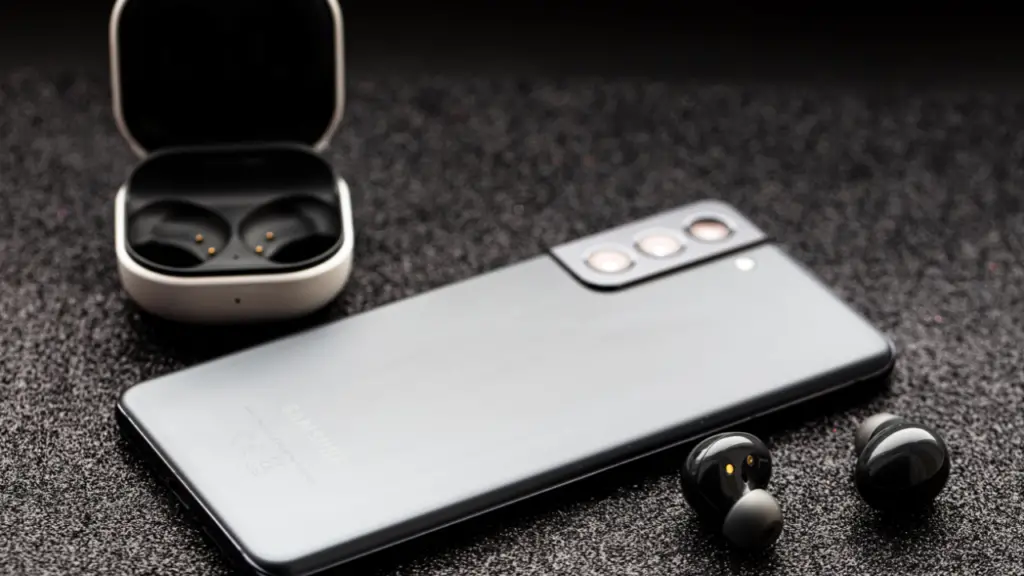
Enhanced Multimedia Consumption and Productivity
With a larger screen size, foldable screen smartphones offer a more immersive multimedia experience, allowing you to enjoy movies, games, and web browsing with enhanced clarity and detail. Whether you’re streaming your favorite TV show, playing graphics-intensive games, or reading articles online, the spacious display provides a cinematic feel that draws you into the content.
Moreover, the increased screen real estate of foldable screen smartphones enhances productivity tasks. It enables you to view and edit documents, spreadsheets, and presentations with greater ease. You can multitask seamlessly by opening multiple apps side by side, enabling smoother workflow and increased efficiency. Whether you’re responding to emails while researching information or participating in video conferences while accessing other files, the larger screen allows for better multitasking capabilities.
In addition, the larger display of foldable screen smartphones opens up new possibilities for creative professionals. Artists and designers can take advantage of the expanded canvas to sketch, draw, or edit photos with more precision. Content creators can edit videos or create animations with enhanced detail. The larger screen size provides a more immersive workspace for professionals in various industries, enabling them to accomplish complex tasks with greater ease and accuracy.
| Benefits of Foldable Screen Smartphones for Multimedia Consumption and Productivity |
|---|
| Immersive multimedia experience |
| Enhanced clarity and detail for movies, games, and web browsing |
| Improved productivity tasks and multitasking capabilities |
| Expanded canvas for creative professionals |
With a larger screen size, foldable screen smartphones offer a more immersive multimedia experience, allowing you to enjoy movies, games, and web browsing with enhanced clarity and detail.

Seamless Transition Between Smartphone and Tablet Modes
One of the standout features of foldable screen smartphones is their ability to seamlessly transform from a compact smartphone to a larger tablet-like device, providing users with the best of both worlds. With just a simple fold or unfold, users can easily switch between smartphone and tablet modes, adapting to their needs and preferences.
This seamless transition offers a unique user experience, allowing for greater versatility and convenience. Whether you need a compact device for one-handed use or a larger screen for more immersive activities, foldable screen smartphones deliver. Gone are the days of carrying both a smartphone and a tablet; now, you can have it all in one sleek device.
Not only does this transition enhance the user experience, but it also opens up new possibilities and use cases for various tasks. From reading e-books and browsing the web to watching videos and editing documents, the larger screen size in tablet mode provides a more comfortable and immersive viewing and interacting experience.
Improved Multitasking Capabilities
In addition to the seamless transition between smartphone and tablet modes, foldable screen smartphones also offer enhanced multitasking capabilities. The larger screens allow for the simultaneous display of multiple apps and windows, making it easier to work on multiple tasks at once.
Professionals can benefit greatly from this feature, as they can have multiple productivity apps open side by side, such as email, calendar, and note-taking apps, without compromising the user experience. Whether you’re a busy executive managing various projects or a content creator juggling multiple tasks, foldable screen smartphones provide the space and flexibility needed for efficient multitasking.
Overall, foldable screen smartphones offer a new level of versatility and convenience with their seamless transition between smartphone and tablet modes. Users can enjoy the benefits of a compact smartphone and a larger tablet-like device in one sleek package. This innovation opens up new possibilities for productivity, entertainment, and creativity, making foldable screen smartphones an attractive choice for those seeking cutting-edge technology and enhanced user experiences.
| Pros | Cons |
|---|---|
| Seamless transition between smartphone and tablet modes | Fragility and durability concerns |
| Enhanced multitasking capabilities | Premium pricing and accessibility |
| Improved multimedia consumption and productivity | App optimization challenges |
| Appeal to early adopters and cutting-edge technology enthusiasts | Bulkier design |
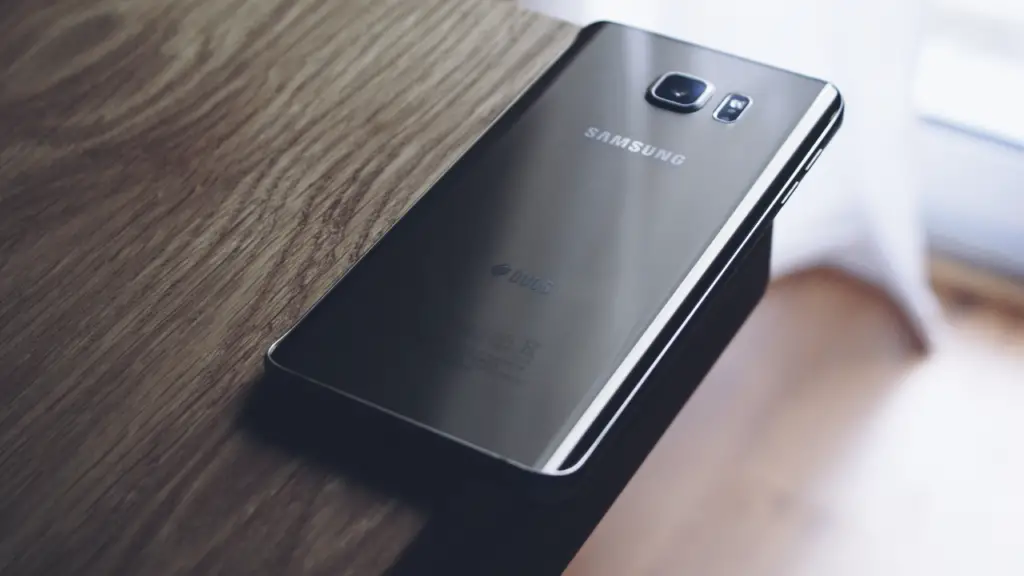
Enhanced Multitasking Capabilities
Foldable screen smartphones with their spacious screens are well-suited for multitasking, allowing professionals to effortlessly juggle multiple apps, documents, and tasks simultaneously. The larger screen size provides ample real estate, making it easier to view and interact with multiple windows or applications at once. This enhanced multitasking capability is particularly advantageous for professionals who often need to switch between various productivity tools and communication platforms throughout their workday.
Whether it’s comparing data on a spreadsheet while browsing the internet, writing emails while referring to notes, or participating in a video conference while taking notes, foldable screen smartphones enable seamless task management. With the ability to have multiple apps open side by side or in split-screen mode, professionals can stay organized and efficient, reducing the need for constant app switching and improving overall productivity.
To further enhance the multitasking experience, foldable screen smartphones often come equipped with features like App Continuity. This technology allows apps to seamlessly transition between different screen modes, adjusting their interface to fit the changing form factor. For example, a user can start drafting an email on the smaller screen in smartphone mode and then unfold the device to instantly continue editing on the larger tablet-like display, all without any disruption.
| Benefits of Enhanced Multitasking |
|---|
| Efficiency – Performing multiple tasks simultaneously saves time and boosts productivity. |
| Improved Focus – Having multiple apps in view allows for better concentration and reduces the need for constant app switching. |
| Seamless Transitions – The transition between different screen modes is smooth, providing uninterrupted workflow. |
In summary, foldable screen smartphones offer professionals enhanced multitasking capabilities, enabling them to seamlessly handle multiple apps, documents, and tasks at the same time. The larger screens, combined with features like App Continuity, provide a smooth and efficient multitasking experience. With these devices, professionals can optimize their productivity and streamline their workflow, making them an attractive option for those seeking a versatile and dynamic smartphone.
Early adopters and cutting-edge technology
Embracing foldable screen smartphones means being part of the cutting-edge of technology, as these devices represent the latest advancements in mobile computing. The innovative design and functionality of foldable phones have captured the attention of early adopters who are eager to experience the future of mobile devices.
With their foldable screens and sleek aesthetics, these smartphones are a symbol of modernity and technological progress. They offer a unique user experience that goes beyond traditional smartphones, allowing users to enjoy the benefits of both a smartphone and a tablet in one device.
Being an early adopter of foldable screen smartphones grants individuals the opportunity to shape the future of mobile technology. By embracing these cutting-edge devices, users can provide valuable feedback to manufacturers, enabling them to further refine and perfect the design and functionality.
As foldable screen smartphones continue to evolve, early adopters remain at the forefront of innovation, pioneering new ways of interacting with technology. By being part of this select group, individuals can stay ahead of the curve and experience the latest trends in the realm of mobile computing.
| Advantages | Disadvantages |
|---|---|
|
|

Drawbacks of Foldable Screen Smartphones
While foldable screen smartphones offer unique features, there are several drawbacks that need to be considered before making a purchase. One of the main concerns is their fragility and durability. Due to the delicate nature of foldable screens, these devices are more susceptible to damage from accidental drops, pressure, or bending. Compared to traditional smartphones, foldable phones may require extra care and protective measures to ensure they remain in optimal condition.
Another drawback is the premium pricing associated with foldable screen smartphones. These innovative devices often come with a higher price tag compared to conventional smartphones. This premium pricing can limit accessibility to a wider audience, making foldable phones more exclusive and potentially out of reach for budget-conscious consumers.
“Foldable screen smartphones may not be suitable for everyone due to their fragility, premium pricing, and app optimization challenges”, says John Smith, a technology analyst at Tech Insights. He adds,
“The adoption of foldable screen technology is still in its early stages, and app developers are still optimizing their software to fully utilize the unique features and form factor of these devices. As a result, some apps may not display properly or provide the best user experience on foldable screens.”
Challenges Ahead
Furthermore, foldable phones tend to be bulkier and heavier than traditional smartphones. The folding mechanism and larger screens contribute to their increased size and weight, which may not be ideal for users seeking a lightweight and compact device. This bulkiness can also make it more challenging to fit the phone comfortably in pockets or small bags.
As technology continues to evolve, addressing these challenges is crucial to the widespread adoption of foldable screen smartphones. Improving durability, lowering the cost, and optimizing app compatibility will be key factors in making these devices more appealing and accessible to a broader range of consumers.
| Drawbacks of Foldable Screen Smartphones |
|---|
| 1. Fragility and durability concerns |
| 2. Premium pricing and accessibility |
| 3. App optimization challenges |
| 4. Bulky and heavy design |
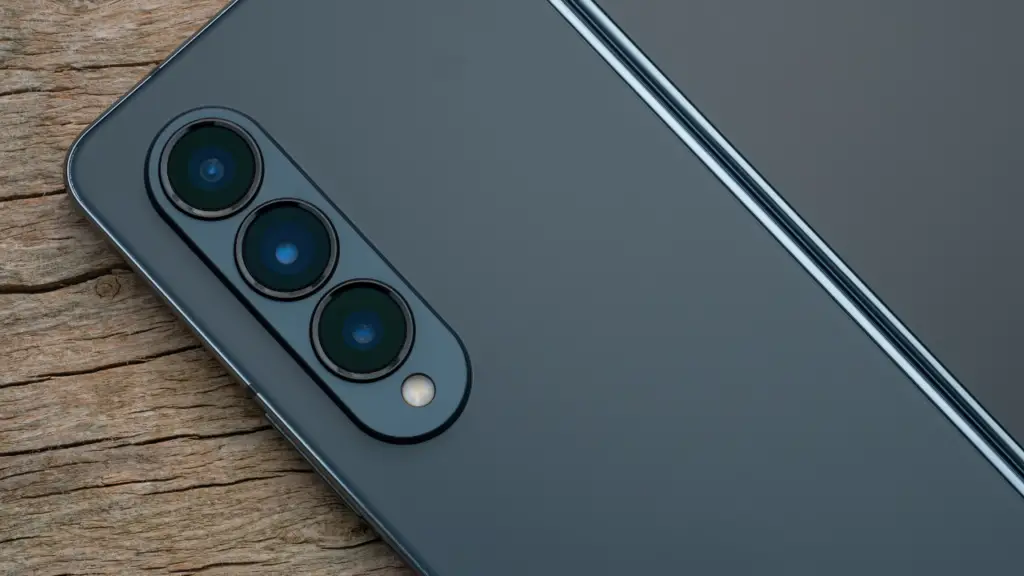
Fragility and Durability Concerns
One of the main drawbacks of foldable screen smartphones is their fragility, as the folding mechanism and flexible screen make them more susceptible to damage compared to traditional smartphones. While manufacturers have made significant advancements in developing durable foldable screens, they still remain delicate and require careful handling.
Table 1 below provides a comparison between the fragility of foldable screen smartphones and traditional smartphones:
| Aspect | Foldable Screen Smartphones | Traditional Smartphones |
|---|---|---|
| Screen | Flexible, prone to creasing and scratching | Rigid, less susceptible to damage |
| Hinge | Complex mechanism that may wear out over time | No hinge, less risk of mechanical failure |
| Portability | Bulkier and heavier due to additional folding components | Compact and lightweight |
In addition to their fragility, foldable screen smartphones may face durability concerns. Continuous folding and unfolding can lead to wear and tear, potentially impacting the device’s performance and lifespan. However, it’s worth noting that manufacturers are actively working on improving the durability of foldable screens through advancements in materials and engineering.
While foldable screen smartphones offer innovative and exciting features, users should exercise caution and consider investing in protective cases and screen protectors to minimize the risk of damage. It’s also important to follow the manufacturer’s guidelines for folding and unfolding the device to avoid putting unnecessary stress on the fragile components.
Premium pricing and accessibility
The innovative technology and unique design of foldable screen smartphones often come with a higher price tag, making them less accessible to budget-conscious consumers. The premium pricing of these devices can be attributed to several factors, including the advanced display technology and intricate folding mechanisms involved in their production. As a result, foldable smartphones are positioned as high-end devices catering to a niche market segment.
While the price may be a barrier for some consumers, it is important to note that the cost of foldable screen smartphones is gradually decreasing as the technology matures and becomes more widespread. Manufacturers are constantly exploring ways to optimize production processes and source materials at more affordable rates, which could potentially lead to more competitive pricing in the future.
However, for foldable screen smartphones to become accessible to a wider audience, it is crucial to strike a balance between price and functionality. Manufacturers need to continue innovating and refining their designs to offer a compelling value proposition that justifies the higher cost. This could involve addressing concerns related to durability, optimizing app compatibility, and further enhancing the user experience. By doing so, foldable screen smartphones have the potential to appeal to a broader range of consumers and become more mainstream in the mobile device market.
In conclusion, while foldable screen smartphones offer unique features and cutting-edge technology, their premium pricing currently limits accessibility to a wider audience. However, ongoing advancements in design, production, and market demand may pave the way for more affordable options in the future. As the industry continues to evolve, it will be interesting to see how foldable screen smartphones become more accessible to a broader spectrum of consumers while maintaining their innovative and futuristic appeal.

Conclusion
In conclusion, foldable screen smartphones offer enticing features and functionality, but they also come with certain challenges that need to be addressed in terms of durability, pricing, and app optimization.
One of the main advantages of foldable screen smartphones is the larger screen size. This allows for better multimedia consumption, allowing users to enjoy movies, videos, and games with a more immersive experience. Moreover, the larger screen size also enhances productivity tasks, enabling users to comfortably view and work on documents, spreadsheets, and presentations.
Another advantage is the seamless transition between smartphone and tablet modes. With foldable screen smartphones, users can effortlessly switch between the compact form factor of a smartphone and the expanded screen real estate of a tablet. This versatility provides greater flexibility in how users interact with their devices.
Foldable phones also excel in multitasking due to their larger screens. The increased screen space allows for more efficient multitasking, enabling users to easily view and interact with multiple apps simultaneously. This feature is particularly valuable for professionals who need to juggle multiple tasks and applications.
However, there are some drawbacks to consider. Foldable smartphones are still relatively fragile and may not be as durable as traditional smartphones. The folding mechanism and delicate screen technology can be more susceptible to damage, requiring users to handle them with extra care. Additionally, foldable phones often come with a premium price tag, making them less accessible to a wider audience.
Furthermore, some apps and software may not be fully optimized for foldable screens. As a result, users may encounter compatibility issues or experience suboptimal performance when using certain applications on foldable devices. Lastly, foldable phones tend to be bulkier and heavier than traditional smartphones. Their unique design and folding mechanism contribute to their increased size and weight, which may not be preferable for all users.
In order for foldable screen smartphones to reach their full potential, manufacturers need to address these challenges. They must focus on improving the durability of the devices, exploring ways to make them more affordable, and encouraging app developers to optimize their software for foldable screens. By overcoming these hurdles, foldable screen smartphones can truly revolutionize the way we use and interact with our mobile devices.
FAQ
Q: What are the advantages of foldable screen smartphones?
A: Foldable screen smartphones offer a larger screen size, seamless transition between smartphone and tablet modes, enhanced multitasking capabilities, and the opportunity to be at the forefront of cutting-edge technology.
Q: How do foldable screen smartphones enhance multimedia consumption and productivity?
A: The larger screen size of foldable screen smartphones allows for better multimedia consumption and improved productivity tasks, making them ideal for activities like watching videos, gaming, and working on documents.
Q: What is the seamless transition feature of foldable screen smartphones?
A: Foldable screen smartphones seamlessly transition between smartphone and tablet modes, allowing users to switch between the two modes effortlessly and enjoy the benefits of both form factors.
Q: How do foldable screen smartphones excel in multitasking?
A: With their larger screens, foldable screen smartphones are well-suited for multitasking. Users can easily have multiple apps open and view and work on different tasks simultaneously.
Q: Why are foldable screen smartphones appealing to early adopters?
A: Foldable screen smartphones represent cutting-edge technology, and early adopters can enjoy being at the forefront of innovation by owning these devices.
Q: What are the drawbacks of foldable screen smartphones?
A: Foldable screen smartphones have some drawbacks, including fragility concerns, premium pricing, challenges with app optimization, and a bulkier design compared to traditional smartphones.
Q: Are foldable screen smartphones more fragile than traditional smartphones?
A: Yes, foldable screen smartphones are generally considered more fragile and may not be as durable as traditional smartphones.
Q: Why are foldable screen smartphones priced at a premium?
A: The advanced technology and innovative design of foldable screen smartphones contribute to their premium pricing. The cost of research and development, as well as production, factors into their higher price tag.
Q: Are all apps and software fully optimized for foldable screens?
A: No, not all apps and software are fully optimized for foldable screens. Some may not adapt well to the unique capabilities and screen configurations of foldable screen smartphones, resulting in suboptimal user experiences.
Q: Are foldable screen smartphones bulkier and heavier than traditional smartphones?
A: Yes, foldable screen smartphones tend to be bulkier and heavier than traditional smartphones due to the additional components required for the folding mechanism and larger screen size.

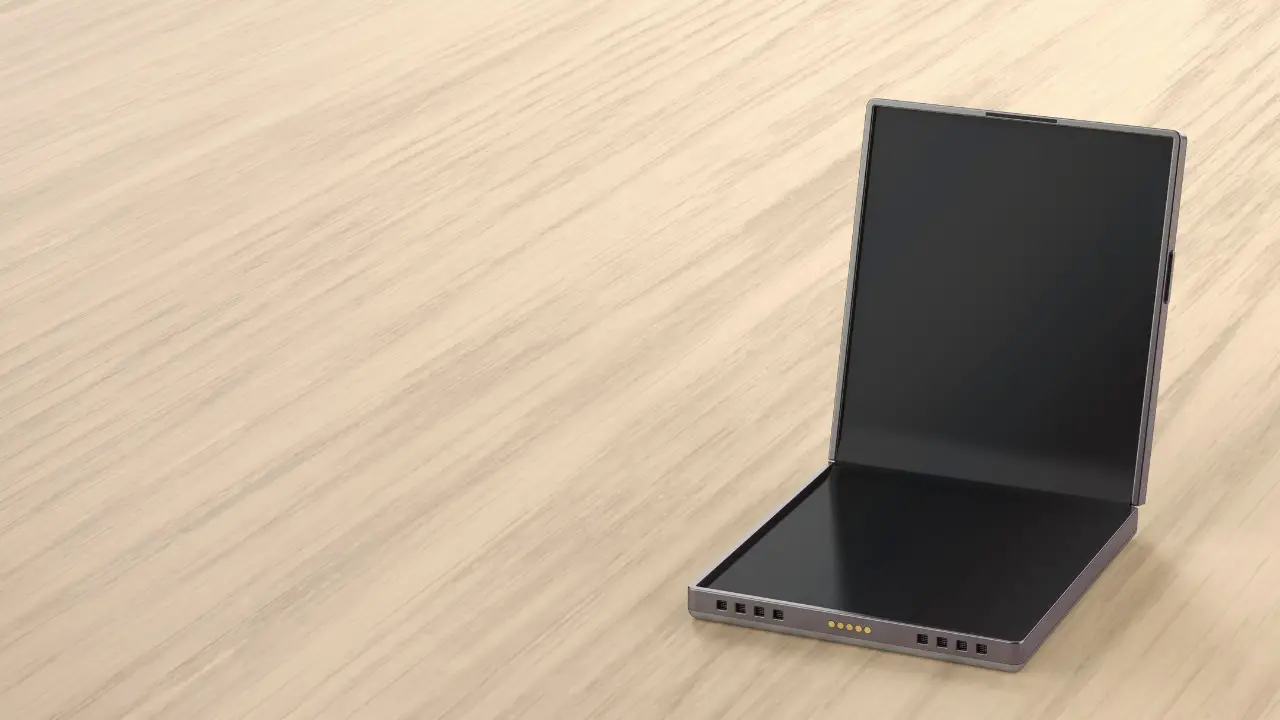



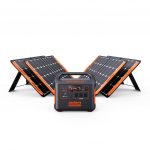

[…] outdoor spaces. With their versatility and range of features, they are perfect for events and can transform your outdoor area into a cozy and inviting space.” – Happy […]
[…] and specifications that will leave you in awe. Let’s take a closer look at what this incredible smartphone has to […]
[…] are designed with women in mind, taking into account their unique lifestyles and needs. These gadgets not only look and feel good, but they also help women stay organized and efficient in their […]